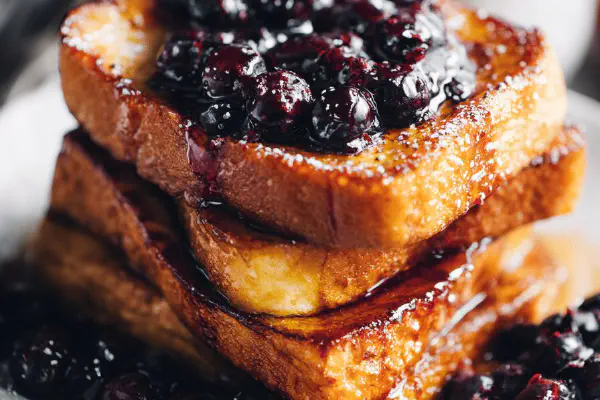Ham Swiss Brunch Bake

By Emma
Certified Culinary Professional
Ingredients
- 1 can (8 oz) crescent roll dough
- 8 oz sliced ham, roughly chopped or torn
- 7 oz Swiss cheese, sliced or shredded
- 5 large eggs
- 1 tsp salt
- ½ tsp black pepper
- 3 green onions, sliced thin
- nonstick cooking spray
About the ingredients
Method
- Preheat oven to 380°F. Lightly coat 9x13 inch pan with nonstick spray. Unroll crescent dough. Stretch and pat to cover bottom and 1 inch up sides, pinch seams tight to avoid holes. Par-bake 6-8 minutes; look for edges firming but not browning yet. Dough should feel set to touch, not doughy but soft. Remove and cool slightly.
- Layer chopped ham evenly over par-baked crust. Follow with Swiss cheese layer, covering ham but not piled too thick—avoid squishy eggs later.
- Whisk eggs in bowl with salt, pepper. Stir in sliced green onions. Pour gently over cheese layer avoiding disturbing layers below.
- Return dish to oven. Bake 22-27 minutes or until egg custard is mostly set but still has slight jiggle in center. Avoid overbaking or dryness. Surface might puff and edges golden.
- Let rest 10 minutes at least. Allows filling to set fully and easier slicing. Serve warm.
Cooking tips
Chef's notes
- 💡 Par-bake dough until edges firm but no color yet. Watch closely; overbaking means dry bottom once wet egg mixture hits. Texture clues matter more than timing. Slight give, not doughy or crispy.
- 💡 Ham goes under cheese layer ensures melted cheese seals in moisture. Prevents sliding layers in final cut. Avoid thick piles cheese or custard sogs; layers compress but don’t drown filling.
- 💡 Whisk eggs evenly, add salt pepper early for uniform seasoning. Stir green onions gently last to keep fresh bite; too much stirring breaks scallions down, flavor blurs. Custard texture changes with whipping cream additions but high liquid risks soggy bake.
- 💡 Check doneness visually; jiggle center gently near end bake time. Too firm means dryness, too loose means undercooked. Golden edges signal nearing finish without rushing. Oven temps vary, use cues not clock alone.
- 💡 Rest 10 minutes minimum after baking. Fills set fully, hot steam escapes preventing soggy crust edges. Slice with serrated knife for clean edges; straight blade squashes layers and messes up texture.
Common questions
Why par-bake crescent dough?
Prevent soggy base from egg liquid, sets structure. Edges firm not brown yet. Without it, dough tears or stays doughy. Alternate: puff pastry gives flakier crust but needs same step.
Can I switch Swiss cheese?
Yes, try Gruyere or fontina for nuttier notes. Mozzarella softens texture, Gouda adds smoky flavor but watch moisture levels or custard gets watery. Cheese choice affects melt texture mainly.
Egg custard not setting?
Bake longer, lower temp helps even cooking. Overwhip eggs makes too airy, underwhip makes dense custard. Visual jiggle testing beats timer. Fill rest time essential for firmness.
How store leftovers?
Cover tight in fridge, best eaten within 3 days. Reheat low and slow keeps custard creamy; microwave can dry edges. Freezing possible but texture changes, thaw slowly.



